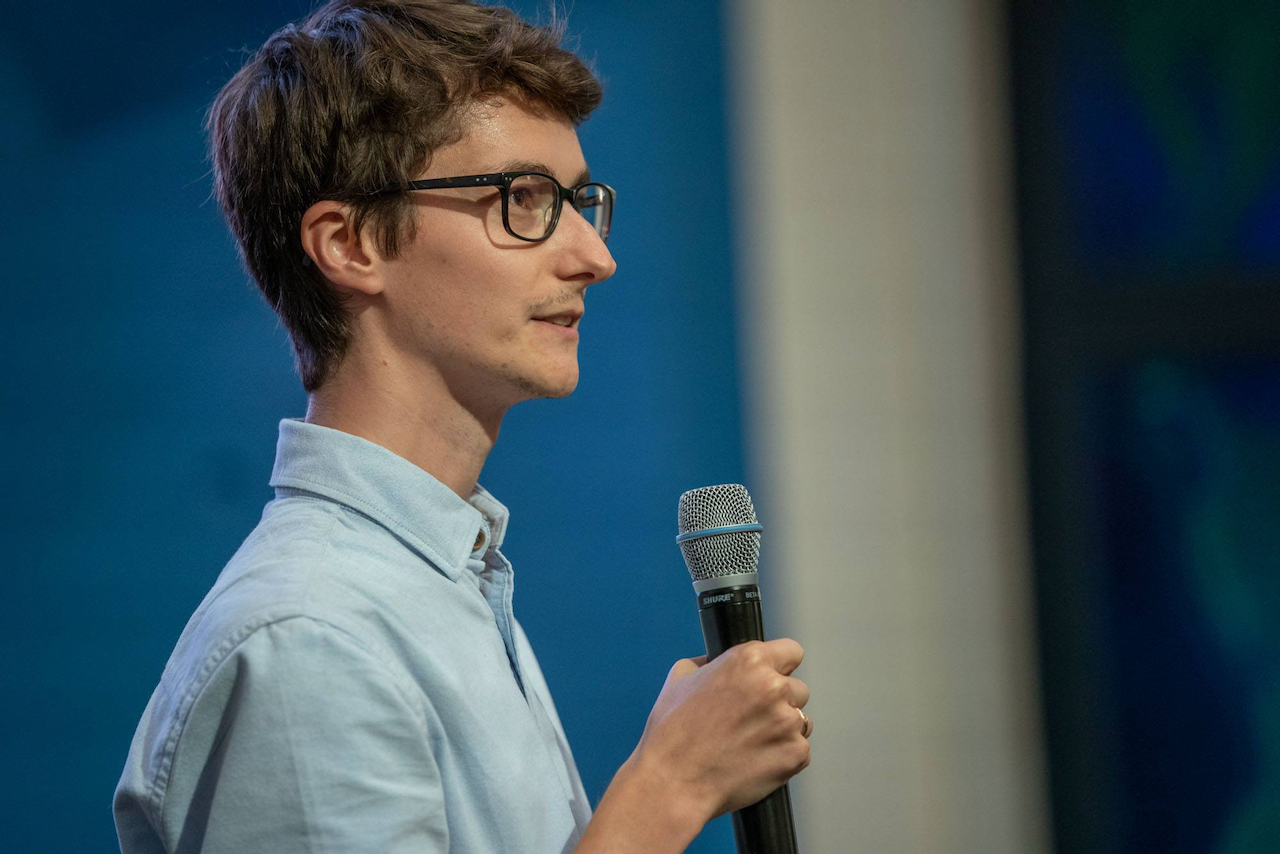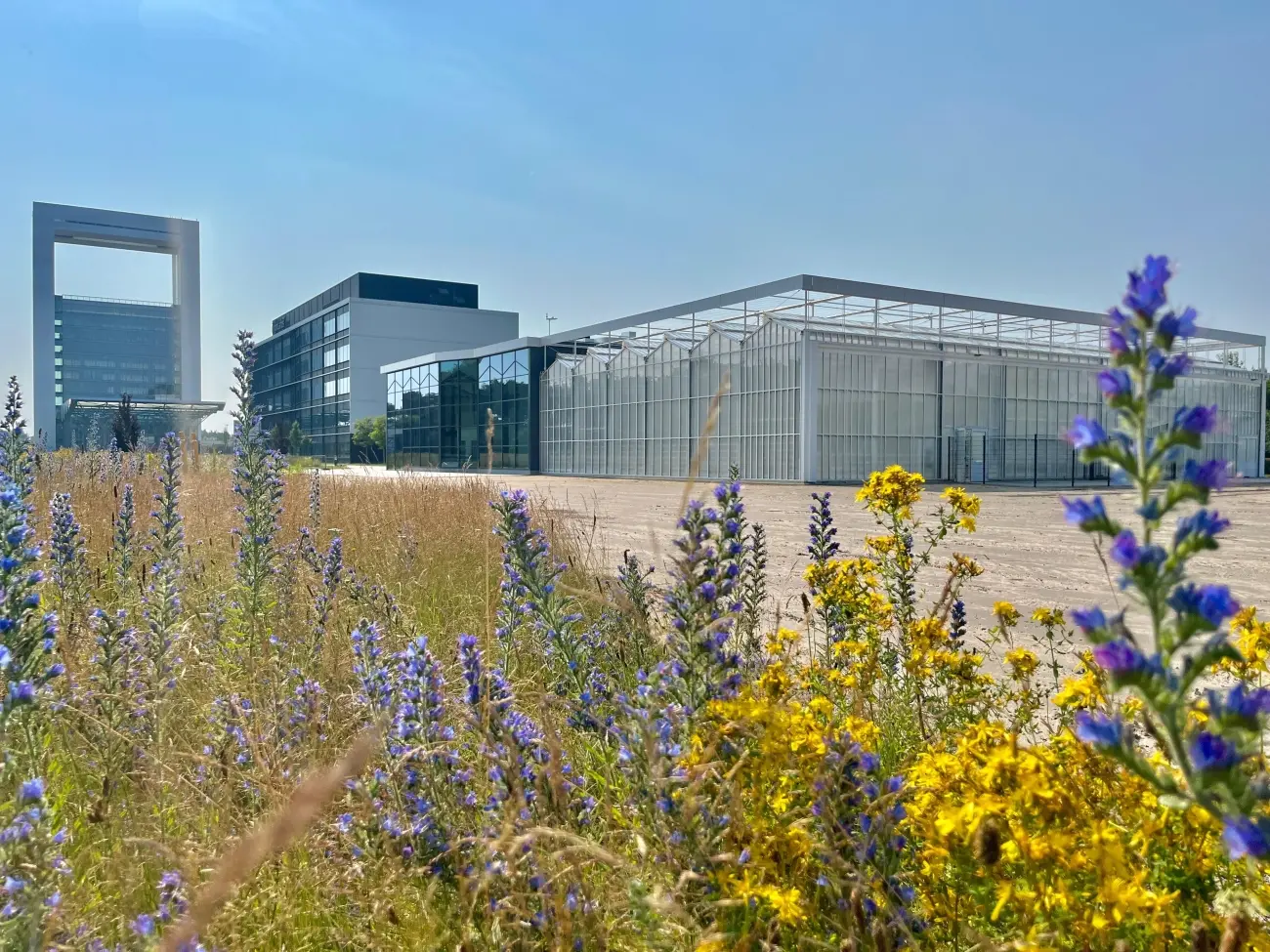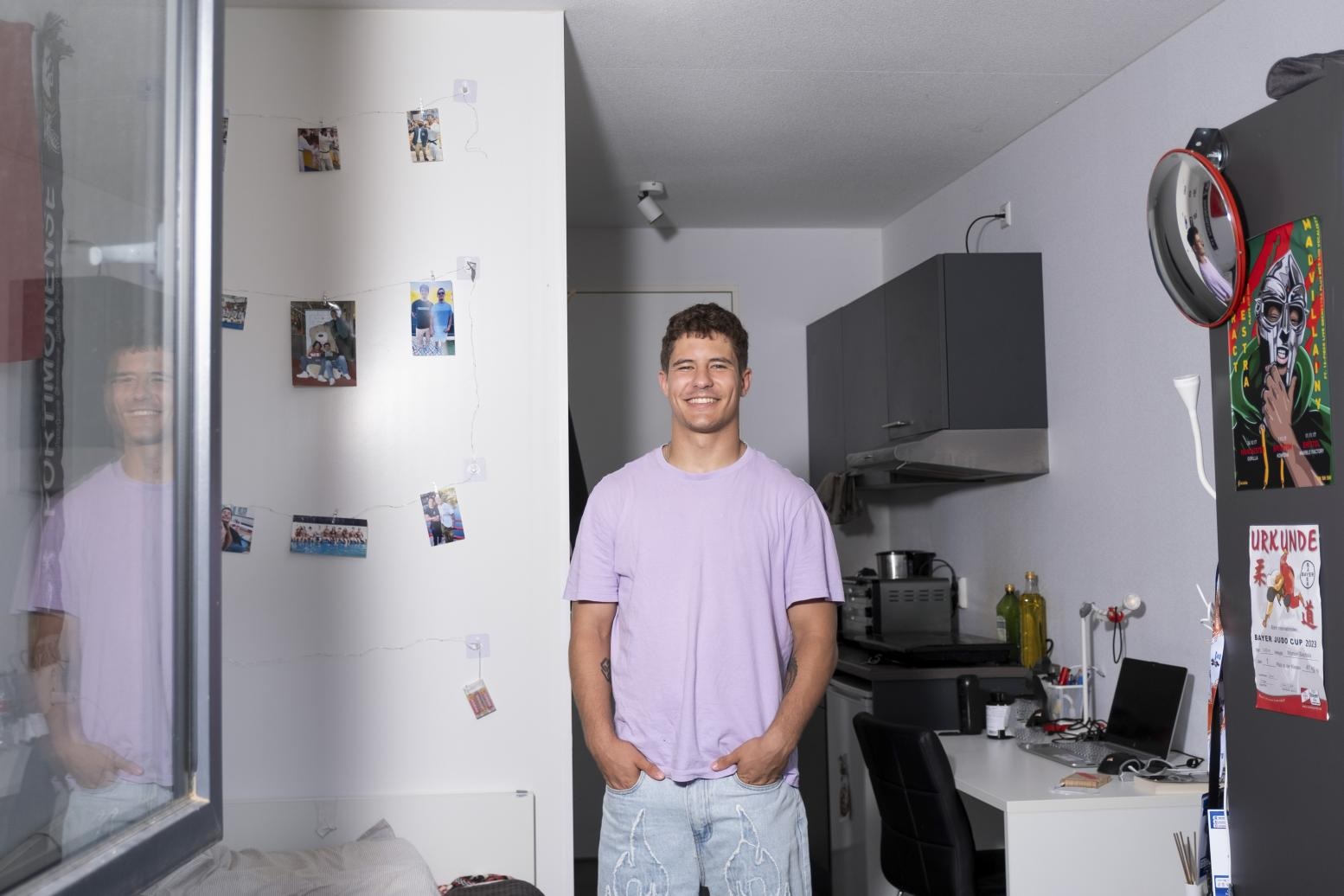Pulling the plug on a technology
Where do technologies go when they die? It’s not as easy (or as facetious) as that. Technology & Society Studies (Faculty of Arts & Social Sciences) PhD candidate Zahar Koretsky studies what happens when technologies are abandoned. How and why do they die? How deep do we have to bury them (metaphorically and literally) if we want to rid ourselves of them?
Laptops have replaced typewriters, emails homing pigeons. For obvious reasons. Sometimes it is that straightforward. “Take incandescent lightbulbs: they’re still used in some niche contexts but by and large it’s an example of a technology being replaced by a more sustainable alternative in a rare agreement between industry, governments and consumers.” Zahar Koretsky, whose PhD research is funded by the EC’s Horizon 2020 Responsible Research and Innovation project FIT4RRI, also looks at the dynamics of more intricate cases and asks what we can do with harmful technologies.

What can we do with harmful technologies?
“’Can’ is not automatically ‘should’. We’d do well to abandon technologies we deem harmful, as was the case with nuclear power in Germany after the Fukushima disaster. Plenty of technologies are ethically questionable: mass surveillance, military drones, social credit systems, autonomous algorithms, etc.” Some of those technologies could be modified or scaled down. But Koretsky is aware that abandoning established technologies, like the internal combustion engine, is tricky, if not seemingly impossible.
“What’s interesting is that we have successfully abandoned technologies in the past. Think of the ozone-depleting aerosols, pesticides such as DDT, coal, or weather modification for war. The scale of use for all of those have dropped dramatically. Deciding to abandon a technology should be a democratic process, from activism and public discussion to policy making – but once we’ve decided, we need to know what to do next.”
Where does technology live?
To better understand its decline or disappearance, it might be expedient to ask where and how technology exists. It’s not purely materialist, that is to say it’s more than artefacts, e.g. typewriters or tanks. After the fall of the Roman Empire, technological artefacts were everywhere, yet the technologies were abandoned for centuries, from the concrete structures medieval peasants couldn’t reproduce, to sculptures displaying levels of craftsmanship that wouldn’t be matched until centuries later.
“You need people who know how to develop it, make it, use it, maintain it, and when there is a more or less stable social agreement about what the technology is for. It takes material resources, knowledge and cultural meaning – the means, the skills and the ‘wills’... Some theories say that if one of those elements is destabilised, the technology disappears as well. I think it’s not that black and white: whether technology disappears or not, depends on the internal dynamics in each of these elements.”
Cloud seeding: from boon to bane
One of Koretsky’s case studies is cloud seeding, a technology whereby aircrafts disperse substances such as silver iodide into clouds in order to change the volume of precipitation, i.e. make it rain or not rain. Its overall efficacy is still subject to academic debate but under certain circumstances, it seems to work well enough to still be practiced in many places. Cloud seeding came to popularity between the 50s and 70s, originally in the context of agriculture and, to a lesser extent, winter sports. Taking inflation into account, the US alone spent around $100 million annually on research and development by 1974.
The public were positive about the potential upshots – until it transpired that the technology had been used in the Vietnam War. The sustained public outcry that followed forced the US government to quietly defund the technology on a large scale, and eventually abandon it altogether. By 2000, the US barely spent one million a year on cloud seeding. But Koretsky’s preliminary results show that federal defunding had little effect on small-scale cloud seeding to prevent droughts. “While in the US cloud seeding was abandoned, it somehow still exists.”

Zahar Koretsky (Coretchii) is a PhD Candidate at the UM Science, Technology and Society research group, and a graduate of the FASoS ESST Masters. He studies technological trajectories of phase-out to learn how technologies are abandoned. Before his academic career, he was a successful print media journalist in Moldova.
Meaning, knowledge and material resources
“So for cloud seeding the battle was in the domain of cultural meanings: Is it a weapon or a weather control tool? How should we use it?” The larger cultural currents at the time, from a budding environmental movement to anti-war protests, provided fertile ground for the seeds of outrange. Once that value change, i.e. from farming tool to harming civilians, had gained traction among the population, it forced a policy change. “Since cloud seeding is still around, destabilisation of cultural meaning might not be sufficient.” Koretsky will study the other two dimensions – knowledge and material resources - next.”
Studying the sorry fate of cloud seeding might seem like a niche hobby, but the resulting knowledge has real, practical and alarmingly pertinent potential applications. “If we decide that a technology is ‘bad’, we had better have a strategy how to deal with it. And that strategy can be based on knowledge of historical cases. Whether it might be fossil fuels, autonomous weapons or indeed social media – should we decide a technology is harmful, the solution will be a lot more complicated than banning it.”
Also read
-
Moving orange spots on a yellow background are the first indication that something unusual is taking place in Maastricht's limestone quarry, Sint-Pietersberg. A closer look reveals that these are people clothed in orange vests. They are Maastricht Science Programme students and supervisors.
-
Maastricht University has built a new research greenhouse at Brightlands Campus Greenport Venlo. Starting on September 1, research will be conducted in this high-tech greenhouse on the agriculture and horticulture of the future: from new cultivation techniques and the development of plants to the...
-
The area on the Sorbonnelaan in the Maastricht neighbourhood of Randwyck looked somewhat bare and remote about two years ago. This was mainly due to the modular and temporary appearance of the student houses that were quickly built there. Meanwhile, the area is increasingly taking on the character...

